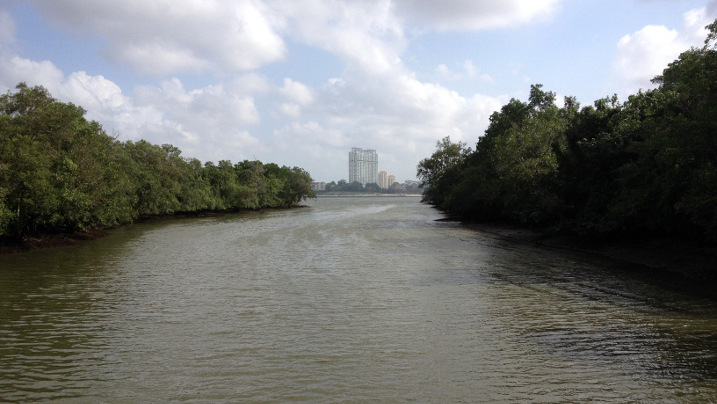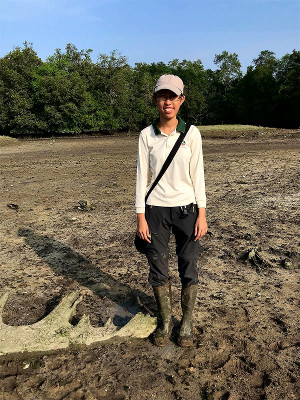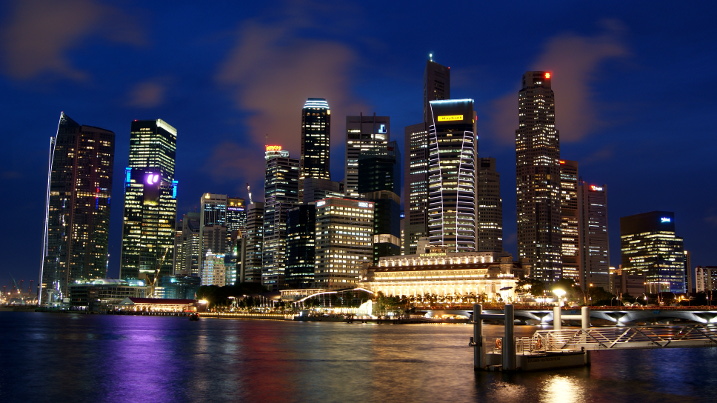World Wetlands Day: A countdown
Each February 2nd we celebrate World Wetlands Day and with good reason. These pools of plenty are as necessary to us as the air we breathe.
But we’re not the only ones that benefit from these wonderful waterscapes. They are prime real estate for an endless variety of resident fish, plants and birds who feed and shelter there. In fact, Wetlands are where you’ll find more wildlife than anywhere else on the planet.
Coasts, ponds, lakes, estuaries, coral reefs, rivers, estuaries and marshes, we can’t live without them. And for that they deserve to be shouted about.
Tragically we’ve lost more than 64% of the world’s wetlands since 1900, driving many species to extinction. As more people move into cities in search of jobs and new experiences, wetlands are filled in to make way for homes and businesses. This is a real shame. Even if we remove their ecological significance from the equation, wetlands make cities all around the world far more liveable.

In Sri Lanka, Colombo’s wetlands help take the heat off its residents by reducing temperatures by up to 10C in the summer. In Singapore, their extensive set of wetlands counter the concrete excesses of an island famous for its skyscrapers. The wetlands in St Petersburg provide the historic Russian city with one of the largest sources of fresh drinking water in the world. Back home in the UK, a scheme to restore the health of a stream in Slough has ignited community spirit as children and adults from all walks of life rally to nurse their wetlands back to life.
Just as cities would be unbearable without its preserved green spaces, such as parks, wetlands offer residents a space to enjoy nature. Numerous studies have confirmed that interacting with nature helps wellbeing. In fact blue spaces – areas with bodies of water in it – are associated with lower levels of anxiety, researchers have found. Wetlands are proven stress-relievers – just what we need to combat the pace of city-life.
To honour our urban wetlands and mark this important day, we spoke to city-dwellers around the world to find out what their local wetlands meant to them.
From the fishing cat charity worker in Colombo to the biologist based in the Baltic basin of St Petersburg, one thing was sure; to picture their city without its wetlands was an unimaginable task.
To begin the countdown to World Wetlands Day, we will be releasing one of these seven different perspectives each day. We begin today with Zi han in Singapore, who has kindly shared with us what the wetlands there mean to her.
 Zi han Cheo, 23, temporary staff and volunteer at Sungei Buloh Wetland Reserve in northwest Singapore
Zi han Cheo, 23, temporary staff and volunteer at Sungei Buloh Wetland Reserve in northwest Singapore
Singapore is extremely urbanised, with a very high population density. Most of our land cover has already been built on, and wetlands, especially those located in urban areas, help absorb and store rainwater runoff. It is also a great source of recreation, and many people visit the wetlands to observe the unique biodiversity in the area.
Singapore has always tried hard to integrate greenery into our cityscape, and in my opinion, the wetlands help to diversify the greenery, and consequently, our biodiversity. In recreational spaces like Pasir Ris Park, a remnant patch of mangrove forest has a boardwalk running through it, and the contrast with the rest of the park makes it a really attractive walk for many people. Wetlands definitely beautify the cityscape too, especially in residential areas, because otherwise the city would only consist of high-rise buildings. Property prices near reservoirs tend to be really high too.
I personally like to visit different types of wetlands, especially remnant untouched patches if possible. There are quite a number of wetland habitats in Singapore, from mangrove forests, to freshwater marshes and swamp forests, and each has very different biodiversity. Most of these habitats are very accessible as they are incorporated into the park designs, so when you go to places such as Sungei Buloh Wetland Reserve or the Central Catchment Nature Reserve, I can usually see quite a lot of wildlife.

The wetlands here are vital for water sustainability. Singapore is a water-scarce country, and one big source of water is our local water catchments. There are many reservoirs in Singapore that we use to supply the population with freshwater, and in recent years, we have employed wetlands to improve our raw water quality. One example: Sengkang Floating Wetlands is a manmade wetland, designed to improve water quality by removing run-off and other pollutants from the water body before the water enters the nearby Punggol reservoir. But what I find interesting is the ecological importance it now has as a habitat for waterbirds and charismatic wildlife such as smooth-coated otters, in addition to being a green corridor.
I cannot envision this city without wetlands. It’s unimaginable. They are probably more important than even I realise, which is the thing - you never really know how essential something is until you don't have it.

